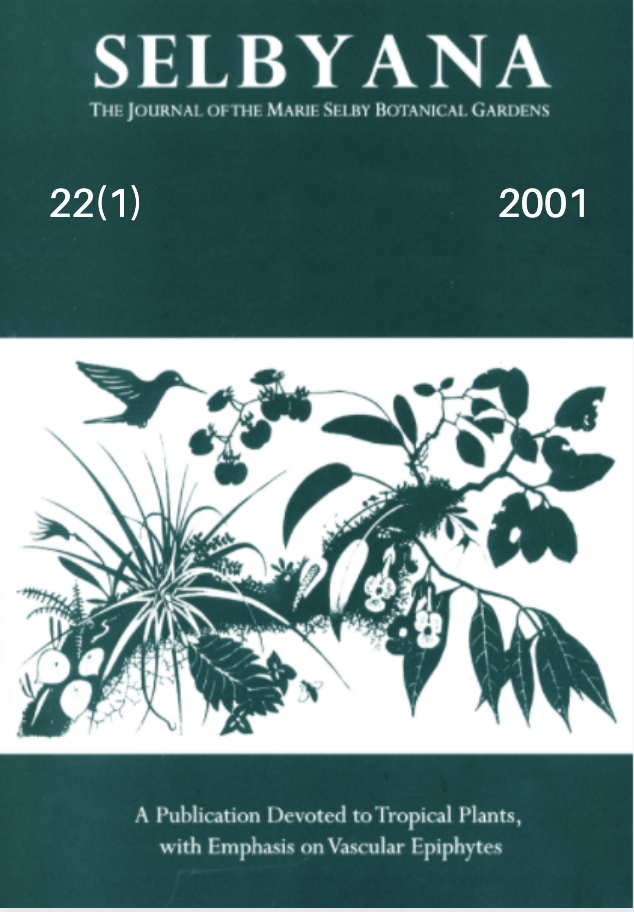Abstract
Birds are part of a three-dimensional matrix of interactions within the forest and often act as biological indicators of ecological stress. Because of the heights of temperate trees and the vertical complexities of forest ecosystems, however, our knowledge of bird ecology has been largely ground-based. Mist-netting provides useful data for forest conservation, but this census tool historically has ignored the use by migratory songbirds of woodland resources more than 3 meters above ground (the height of a typical mist-net). To examine stratification of neotropical migrants, this study uses a forest canopy walkway and aerial mist-nets (with ground replicates and other nets placed in nearby habitats) in New York State's Mid-Hudson Valley. The analysis is then related to forest conservation issues. Preliminary work shows stratification among some songbirds, especially when compared to a previous canopy mist-netting study in Massachusetts. Results suggest that these migrants play a valuable role in the biointegrity of temperate forest ecosystems.
Open Access and Copyright Notice
Selbyana is committed to real and immediate open access for academic work. All of Selbyana's articles and reviews are free to access immediately upon publication. There are no author charges (APCs) prior to publication, and no charges for readers to download articles and reviews for their own scholarly use. To facilitate this, Selbyana depends on the financial backing of the Marie Selby Botanical Gardens, the hard work and dedication of its editorial team and advisory board, and the continuing support of its network of peer reviewers and partner institutions.
Authors are free to choose which open license they would like to use for their work. Our default license is the Creative Commons Attribution-NonCommercial 4.0 (CC BY-NC 4.0). While Selbyana’s articles can be copied by anyone for noncommercial purposes if proper credit is given, all materials are published under an open-access license with authors retaining full and permanent ownership of their work. The author grants Selbyana a perpetual, non-exclusive right to publish the work and to include it in other aggregations and indexes to achieve broader impact and visibility.
Authors are responsible for and required to ascertain that they are in possession of image rights for any and all photographs, illustrations, and figures included in their work or to obtain publication or reproduction rights from the rights holders. Contents of the journal will be registered with the Directory of Open Access Journals and similar repositories. Authors are encouraged to store their work elsewhere, for instance in institutional repositories or personal websites, including commercial sites such as academia.edu, to increase circulation (see The Effects of Open Access).
